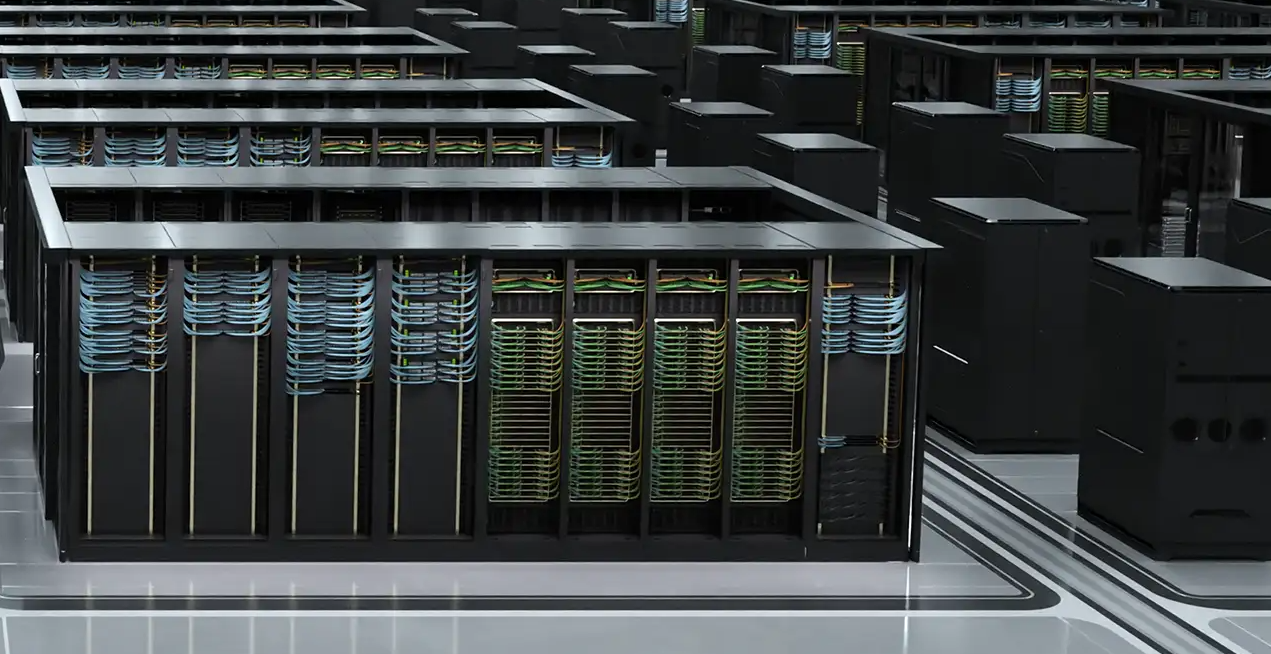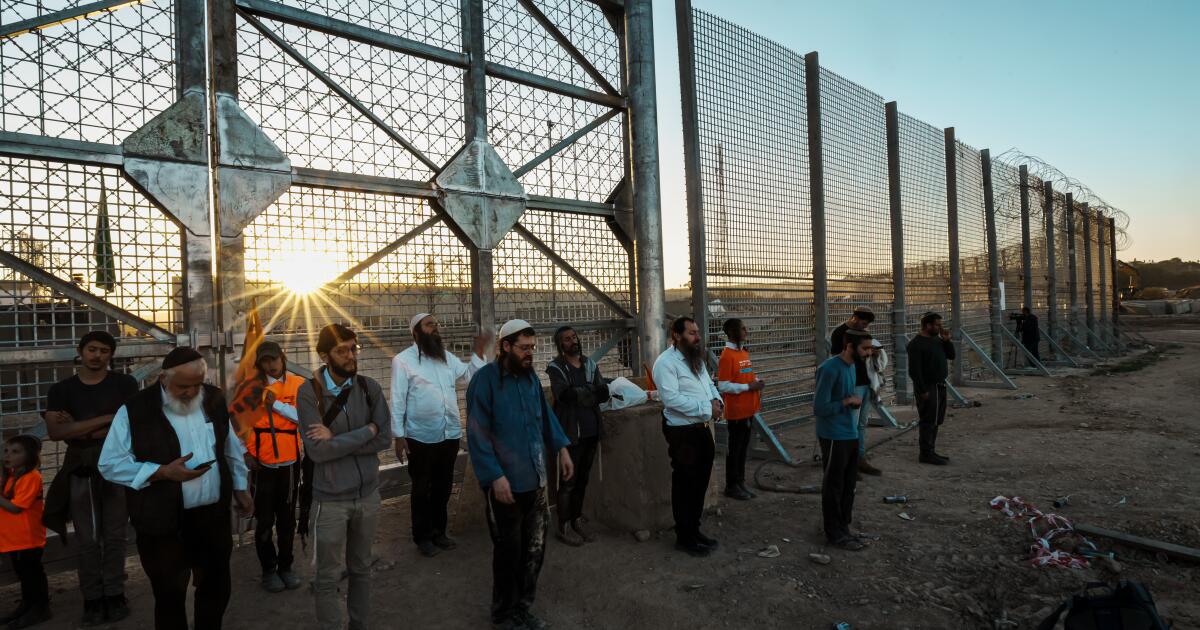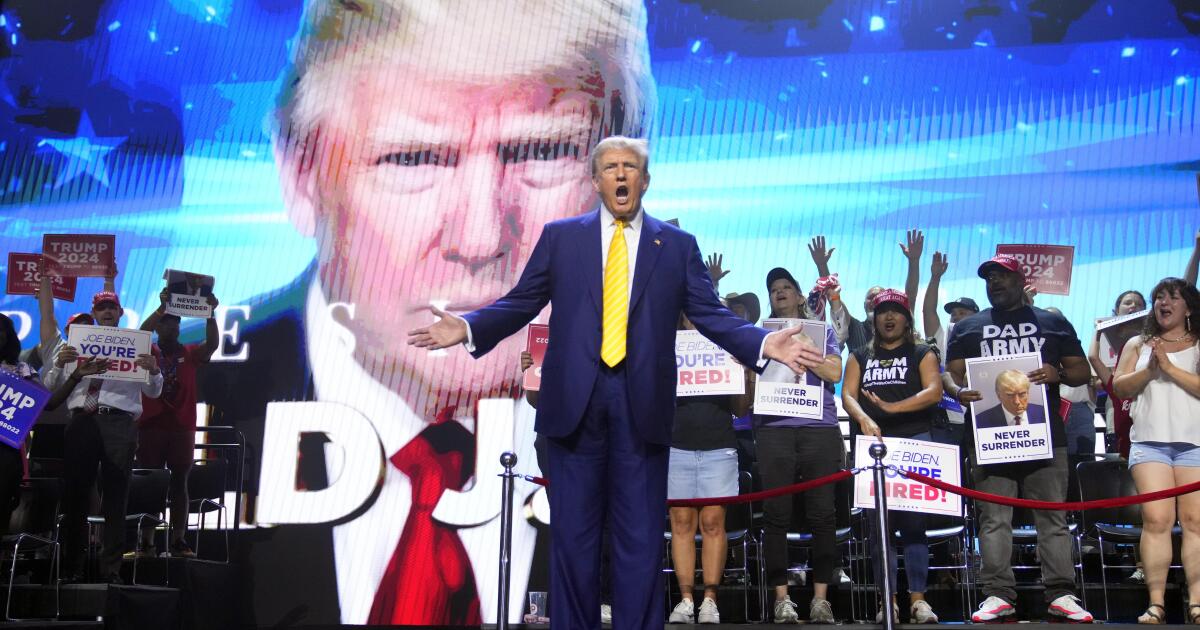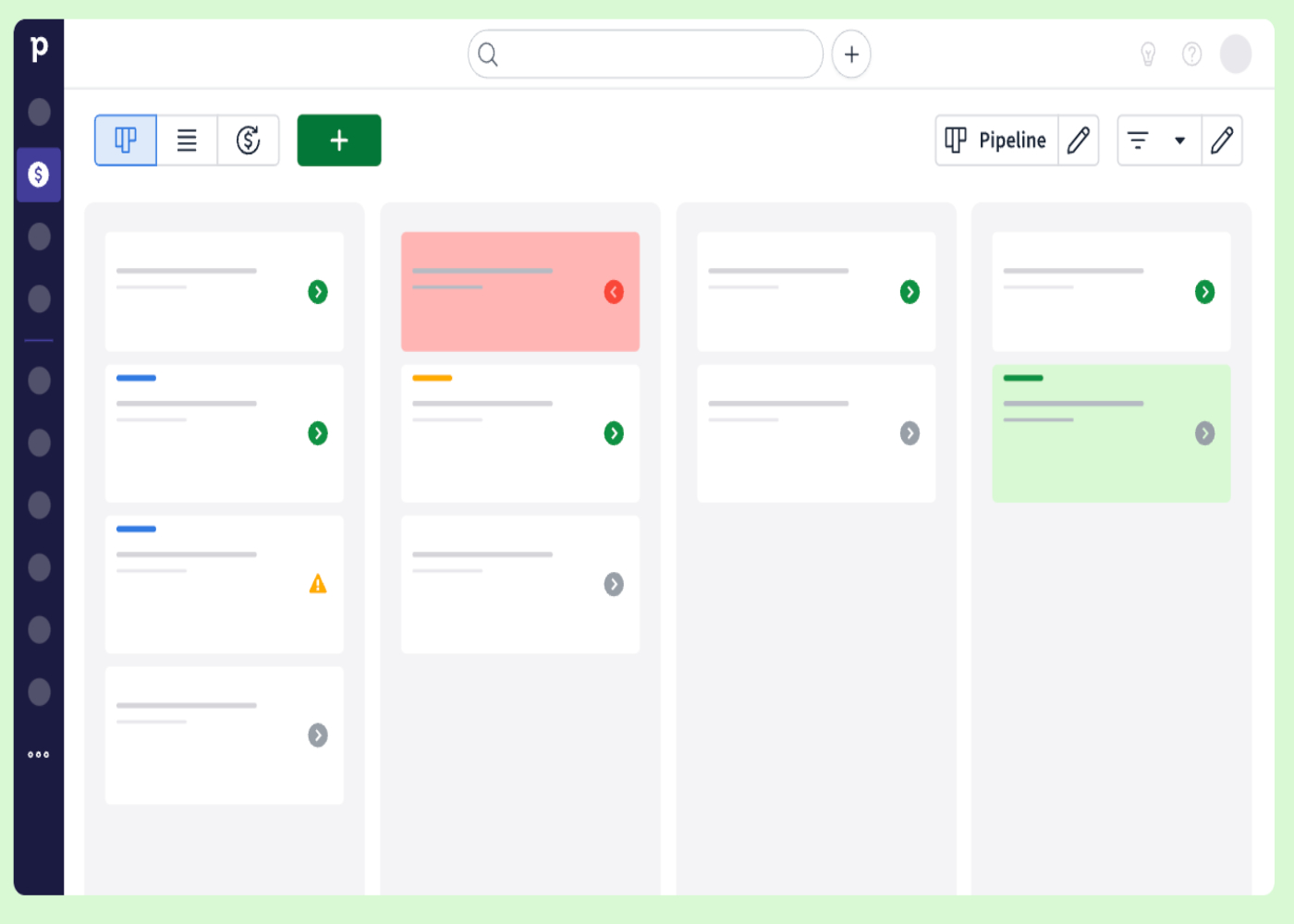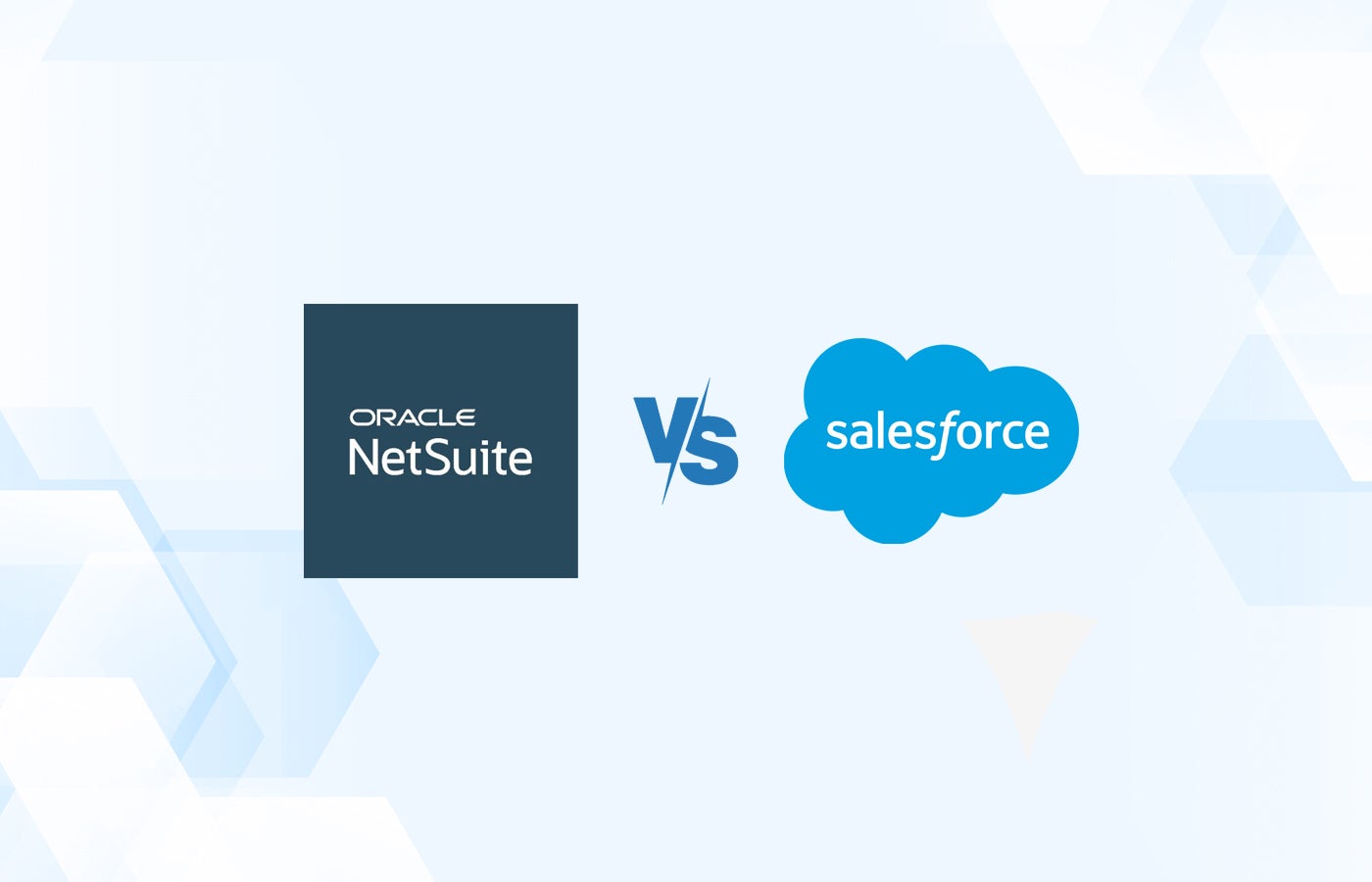Nvidia started the Data Center World 2025 event this week in Washington, DC, with a bold vision for the future of AI infrastructure.
In its opening, Wade Venson, the main engineer of the Nvidia Data Center, introduced the concept of AI data centers; These massive and efficient facilities in energy would satisfy the very high demand for accelerated computer. NVIDIA provides that the “expanding factories promoted by Blackwell GPUs and DGX superpods, backed by advanced cooling and energy systems by Veriv and Schneider Electric.
“There is no doubt that AI factories are an important trend in the world of the data center,” Vinson said.
Complete the phase one of an AI factory in Texas
Vinson told Lancium Clean campus that Crusoe Energy Systems is building near Abilene, Texas. As he explained:
- The first phase of this AI factory is largely complete: 200 MW in two buildings.
- The second phase will expand it to 1.2 GW. It must be completed in mid -2026.
- The design includes direct liquid cooling to chip, rear door heat exchangers and air cooling.
- It will compensate six additional buildings, carrying the installation to four million square feet.
- 10 gas turbines will be implemented on the site to provide energy on the site.
In addition, each building will operate up to 50,000 GPU NVIDIA GB200 NVL72S in a single integrated network fabric, advancing the design and scale of the data center for training and inference workload loads of AI.
Vinson said that some AI factories will take advantage of the power on the site, while others will take advantage of the sites where the energy is already available. He pointed to old mills, manufacturing sites and retail facilities that are already connected to the network.
For example, an old shopping center in San Francisco can become an AI factory in months, instead of the many years required to complete the construction of new construction and obtain interconnections and utility permits. These sites often have large ceilings that can be used for solar energy matrices.
Reconfigure existing data centers in AI factories
What about existing data centers? Aging structures can have difficulty accommodating the NVIDIA team and AI applications. Venson believes that many placement facilities (colos) are in a good position to be traveled to AI factories.
“Any colo built in the last 10 years has enough power and cooling to become an AI factory,” he said. “AI factories should be considered as an income opportunity instead of an expense.”
He estimates that AI could boost commercial and personal productivity by 10% or more, adding $ 100 billion to the global economy.
“It represents a change in productivity greater than the one that happened due to the electrification wave around the world that began about 100 years ago,” said Vinson.
Planning is key to the success of the AI factory
Vinson warned those interested in building or executing their own AI factories on the importance of planning. It is important to consider the various factors involved and modeling is vital.
He averaged the omniverse simulation tool of NVIDIA as a way to correctly plan an AI factory. Use digital twin technology to allow the integral modeling of the data center infrastructure and design optimization. Do not model in advance and simulate many possible scenarios can lead to inefficiencies in areas such as energy consumption and can extend construction deadlines.
“The simulations train data centers to improve operational efficiency through holistic energy management,” said Vinson.
SEE: Data centers can reduce energy use by up to 30% with only 30 lines of code
For example, many veterans of the data center may find difficult to change traditional concepts of racks, corridors and servers to GPU equipment surrounded by liquid cooling and with adequate equipment for energy and power distribution.
AI factory designs will have much more power and cooling gear inside than server racks; Therefore, the designs will be radically different. After all, the amount of heat generated by superpods with GPU is greater than that generated by typical data centers.
“Wait a significant consolidation of racks,” Vinson said. “Eight old racks could become a future shelf in the interior. It is essential to develop a simplified power and cooling configuration for the racks within AI factories, since these will be quite different from what most data centers are used.”

